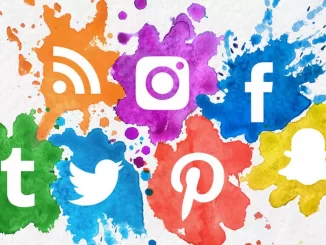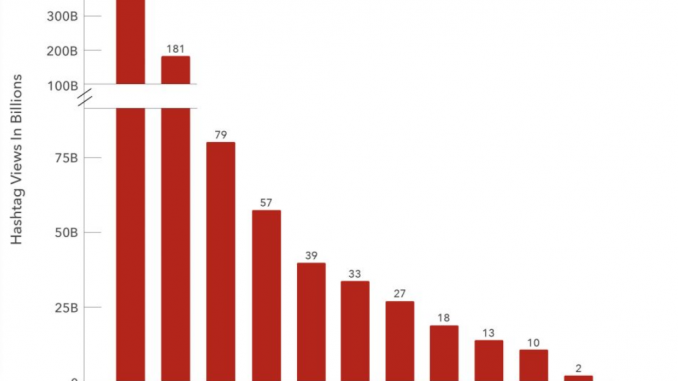
To what extent has the development of the Internet been shaped by structural inequalities? Has it been a force for reducing or increasing such inequalities? Discuss with reference to at least one of the following: gender; race; social class; nationality; disability; sexuality; the Global North/Global South divide.
According to ITU (2015) data, there were about 400 million Internet users in 2000, and now it has increased to 3.2 billion, including two billion of the users in developing countries (cited in Weber, Kashyap & Fatehkia, 2018). With the development of the Internet, the world of computers and communications has been completely changed (Leiner et al., 1997). Although gender inequality of the Internet is now on a decreasing trend, the concept of it is deeply influenced many aspects during the rapid development of the Internet and still have very harmful consequences for the present. The origin of the gender inequality on the internet can be traced back to the early American commune movement that still influenced modern Silicon Valley cyberculture and affected female’s working environment on the internet; the gender inequality that shaped the development of the Internet is still reflected in the online content and the number of people using the Internet especially in developing countries. This essay will clearly analyse the impact and extent of gender inequality during the development of the Internet and its specific manifestations, as well as the achievements and declining trends achieved in achieving gender equality in recent years.
Gender inequality throughout the history of Internet development.
The commune movement of the 1960s popularized the idea of gender inequality, which continues to this day in Silicon Valley with pernicious consequences and influenced females’ working environment of the Internet. In the 1960s, the commune movement appeared in the United States and people in the commune movement directly borrowed ideas from the laboratories of the second World War (Lusoli & Turner, 2021). Most of the people working in the laboratories were well-trained educated male scientists with a similar culture (Lusoli & Turner, 2021). Similarly, the communes of the 1960s were also dominated by white heterosexual males; they organised with the same culture and excluded the people who disagree with their culture, which repeats and forms a kind of ‘bro- culture’ in contemporary Silicon Valley (Lusoli & Turner, 2021). As the chart below, the number of all female CEOs is not even comparable to that of male CEOs named “David”. The traditional dross has not been improved but is being repeated in Silicon Valley and the culture of continuity leads to the difficulty of ameliorating this challenge, which continually puts females in a disadvantaged position in the Internet working environment.
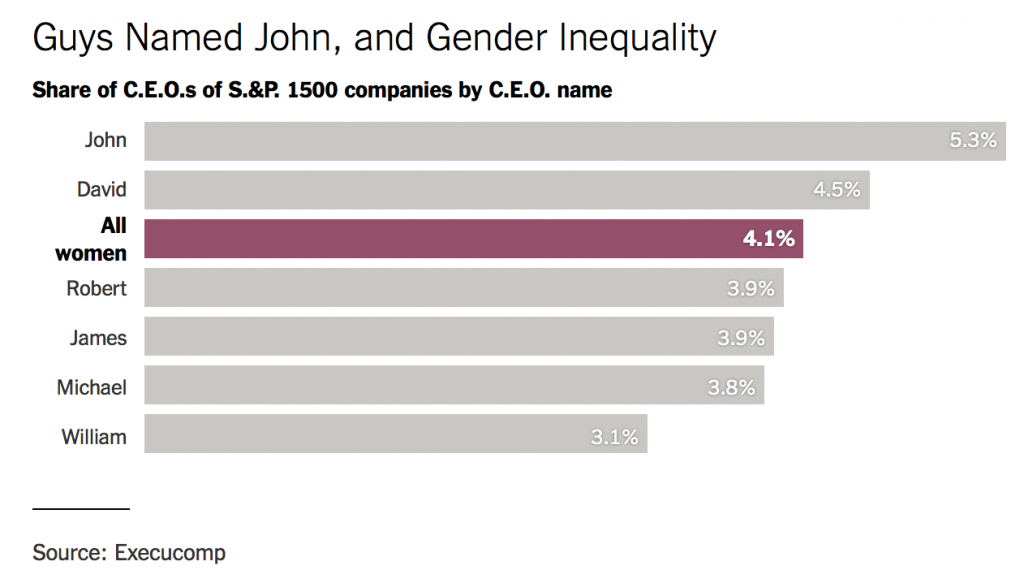
Gender inequality in Internet use.

Gender inequality in Internet use remains significant, especially in developing countries. As Broadband Commission (2013) showed, the United Nations specialised agency of ICTs showed that there are almost 200 million fewer females who use the Internet than males (cited in Fatehkia, Kashyap & Weber, 2018). The International Telecommunication (2014) estimated 45 % of males and 37.5 % of females in developing countries use the Internet (cited in Fatehkia, Kashyap & Weber, 2018). But for the least developed countries, only a very small percentage of women have access to the Internet. The Internet penetration rate is only 21% for males and 14% for females (Fatehkia, Kashyap & Weber, 2018). Also, Weber, Kashyap & Fatehkia (2018) found that females in low-income countries have an average Internet penetration rate 24% lower than males by using Facebook data to conducted online modelling. The World Bank classified that low- and middle-income countries will reduce this distinction to 16%, while high- and middle-income countries will respectively reduce this distinction to 8% and 5% (cited in Fatehkia, Kashyap & Weber, 2018). Internet penetration among females is difficult to guarantee, and there is a wide distinction between Internet use among females and males, especially in developing countries.
At the same time, traditional stereotypes in some developing low – and middle-income countries also affect females’ access to Internet technology. As Intel (2012) shows, a fifth of women in Egypt and India think females should not use the internet or that their family members disapprove of their use (Fatehkia, Kashyap & Weber, 2018). These stereotypes significantly impact females’ Internet use in countries with conservative gender norms. As Magno and Weber (2014) found, in countries such as Egypt and Pakistan, females are much less likely than males to use the Internet, but females who use the Internet in these countries tend to have higher status, followers, and PageRank than males (cited in Fatehkia, Kashyap & Weber, 2018). In more gender-equal countries such as Norway and Finland, there are roughly equal numbers of males and females are using the Internet, and males have higher status online than females (Fatehkia, Kashyap & Weber, 2018). This data shows that in some developing countries, only a few women of high social status have the opportunity to access the Internet, and males are treated with a higher status than females when they are under the same Internet penetration rate.
Gender inequality in Wikipedia
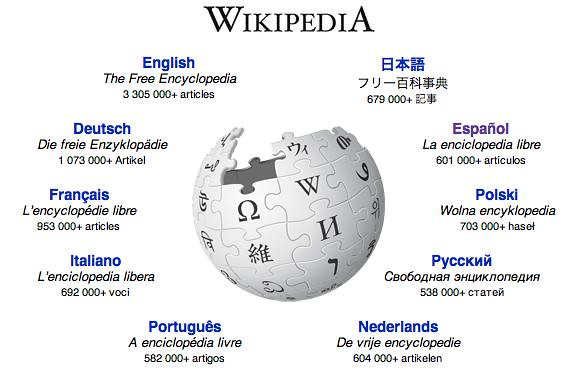
The extent of inequality of Internet development is also present in online Internet content. As an influential platform for free sharing and providing knowledge, Wikipedia should represent a diverse and equal source of information on website (Wagner, Graells-Garrido, Garci & Menczer, 2016). However, females in Wikipedia’s community are not treated equally actually, and the unequal treatment of females on Wikipedia can be seen in the following ways.
Different entry requirements and stereotypes
Females need to be more famous than their male counterparts to appear on Wikipedia, and the stereotypes of males and females still exist. On average, females on Wikipedia are more prominent and well-known than their male counterparts, and the distinction between “Local Heros” (characters in a few language editions) and “Superstars” (characters in almost all language editions) is even greater for males and females (Wagner et al., 2016); which means that male and female entries have different requirements for inclusion in Wikipedia. At the same time, stereotypes between males and females continue to be created in their entries. The independent summaries of females in Wikipedia tend to focus more on topics related to gender, family, and relationships (Wagner et al., 2016). Sports-related attributes such as competition, position, team and age were more commonly used to describe males, and the date and year of death were more commonly used to describe males born earlier (Wagner et al., 2016). Males and females are not equal to the concept of gender equality in the Wikipedia community, their descriptions of topics should not be biased or stereotyped in any way.
The structural distinction in information searching and Linguistics bias
According to data surveys and analyses from Wagner et al. (2016), the empirically observed structure of Wikipedia’s hyperlink network puts females at a disadvantage in terms of ranking algorithms. Wikipedia editors tend to favour articles about males when they generating links, and the visibility distinction between females and males is greater than expected (Wagner et al., 2016). Abstract terms always are used to describe the positive part of males’ biographies and the negative part of females’ biographies (Wagner et al., 2016). As a result, female entries are less visible and less noticed than male entries, and females in Wikipedia are suffering from unequal treatment.
It can be seen that females are still affected by many gender differences only on Wikipedia, one of the most influential platforms on the Internet, which proves that online content in the current Internet environment still has been seriously affected by gender inequality.
Reducing force for gender inequality
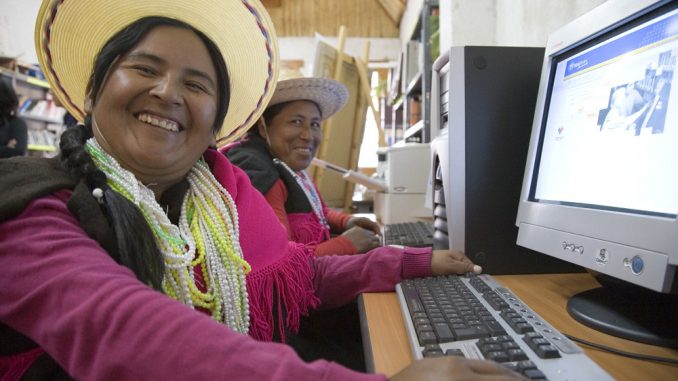
Although the current situation of gender inequality is still very severe, gender inequality has shown a decreasing trend in the development of the Internet and have some achievements through the efforts of the people of the world and world organizations. So far, the maintenance of females’ rights to achieve gender equality has won a prominent position in the social analysis, historical, economic and social research (Juliano, 2016). Achieving gender equality is the people all over the world, including all the males and females need to face together to solve the problem of improving together (Juliano, 2016). Times Internet is one of the largest digital products companies in India with more than 5,000 employees in eight cities (Business World, 2018). There is an independent audit from Aon entire organization found that this company had achieved gender equality in pay, rewards and promotions (Business World, 2018). Also, this company conducted diversity training workshops to help employees identify and eliminate conscious or unconscious gender inequities (Business World, 2018). This landmark kind of real practical example shows that gender inequality in the development of the Internet has achieved some achievements and is showing a downward trend.
Conclusion
In conclusion, the development of the Internet process is under the deep influence of gender inequality, which can be traced back to the American communes repeat the laboratories culture of World War Two continues contemporary Silicon Valley and caused the distinction between the working environment for females and males on the Internet. At the same time, the severe extent of gender inequality influence in the field of the Internet also showed the number of female people who used the Internet and the content of the online Internet. Nowadays, gender inequality has shown a downward trend, and it is gradually improving through the efforts of the world. Achieving gender equality is still a project requiring joint efforts, and there is still a long way to go before the inequality is fully resolved.
Reference List:
Fatehkia, M., Kashyap, R., & Weber, I. (2018). Using Facebook ad data to track the global digital gender gap. World Development, 107, 189–209. https://doi.org/10.1016/j.worlddev.2018.03.007
Juliano, D. (2016). Feminism and marginal sectors: Achievements and setbacks in a difficult dialog. Cadernos PAGU, 2016(47). https://doi.org/10.1590/18094449201600470004
Leiner,M. B., Cerf, G. V., Clark, D. D., Kahn, E. R., Kleinrock, K., . . . Wolff, S. (1997). Brief History of the Internet. Internet Society. https://www-orig.internetsociety.org/resources/doc/2017/brief-history-internet/
Lusoli, A., & Turner, F. (2021). “It’s an Ongoing Bromance”: Counterculture and Cyberculture in Silicon Valley—An Interview with Fred Turner. Journal of Management Inquiry, 30(2), 235–242. https://doi.org/10.1177/1056492620941075
Times internet achieves 100% gender pay equality. (2018, Aug 20). Business World, Retrieved from https://www.proquest.com/magazines/times-internet-achieves-100-gender-pay-equality/docview/2121792340/se-2?accountid=14757
Wagner, C., Graells-Garrido, E., Garcia, D., & Menczer, F. (2016). Women through the glass ceiling: gender asymmetries in Wikipedia. EPJ Data Science, 5(1), 1–24. https://doi.org/10.1140/epjds/s13688-016-0066-4

This work is licensed under a Creative Commons Attribution-NonCommercial-NoDerivatives 4.0 International License.
